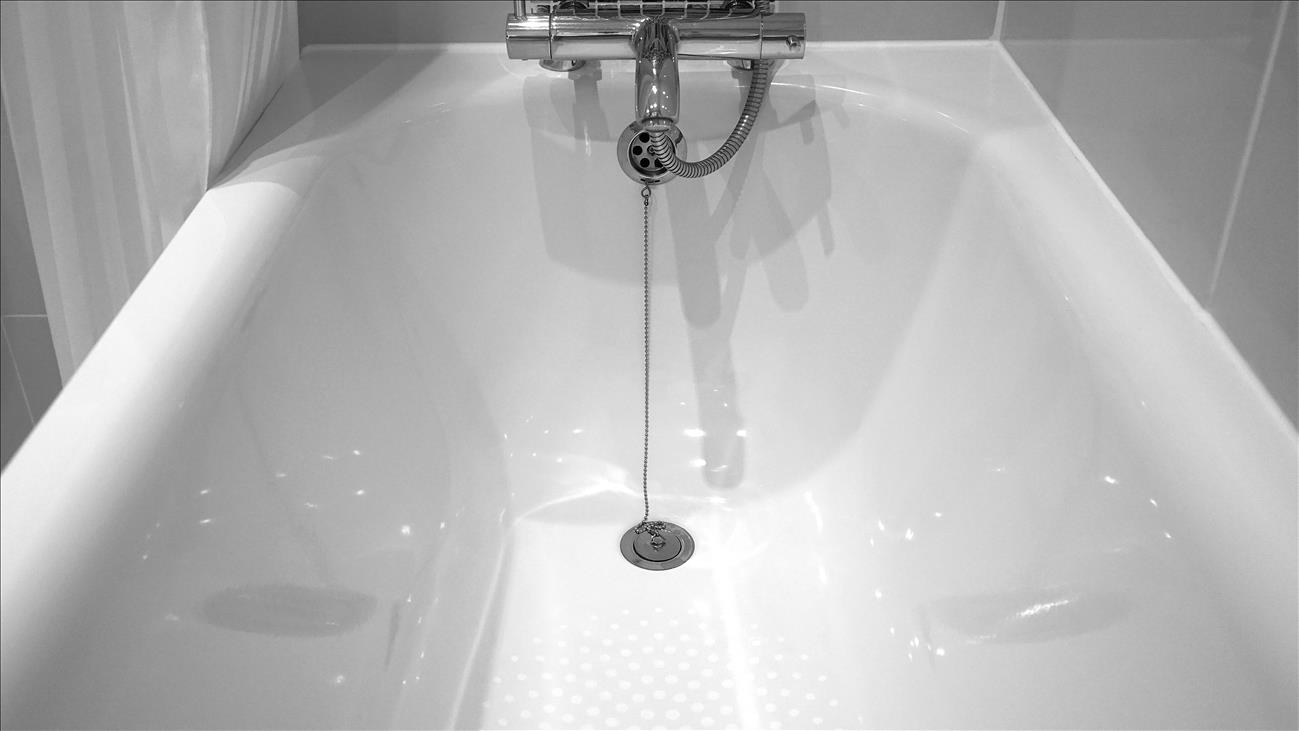Bathtubs—Refinish or Replace?


When should you refinish a bathtub?
Bathtubs are a way to relax and pamper yourself after a hard day. If your bathtub is damaged, however, it may spoil the ambiance. If you’re considering remodeling your bathroom, refinishing might be a budget option, but what are the issues that you need to consider before making that commitment?
If your bathtub is an old, ornate, or otherwise cool tub that is comfortable to soak in, it might be worth refinishing, as most newer affordable fixtures are probably not that well made. If your bathtub is a damaged, stained, chipped 1960s or 1970s tub, it may be better to replace it. If your tub is enclosed with tile, it will probably be more cost effective to refinish than to do all of the demolition and reconstruction required for a new tub. Some reglazers can also resurface the tiles to match (or contrast) the tub.
If you would like to add modern features such as jets, that’s another argument for replacement. Do you like the tub but hate the color? Ask a contractor how well your preferred color would cover the existing porcelain.
How much work will it be to move the tub? Will it easily fit out the existing door, or has the bathroom structure been modified around the original tub?
Another important question is whether the home belongs to you and if you intend to stay there. If this is a long-term residence and you can afford it, by all means purchase your dream tub. If you bought the property to flip, refinishing might be the better option, depending on the property and its potential value.
There is a trend to replace bathtubs with larger showers. This kind of upgrade could add value to your home, whether you are staying in it or selling.
Refinishing a tub can easily cost $300-$800. Installing a new tub or shower will start at $1000, but $2500 is a more median price, and $5000 is not unheard of. These prices are contingent on what needs to be done to your surrounding walls, the fixture you purchase, and how much carpentry must be done to accommodate it the new fixture. Of course, any tiling will cost much more.
The cost of the actual tub is only a small piece the replacement costs, as they will run $200-$2000 (or higher). Obviously, free-standing tubs will cost less to install because there will be less wall work to do.
If you opt to refinish a tub, you will likely be without one for one to three days while it is prepped, primed and finished. The amount of time depends on the product your pro uses. Resurfacing involves (in most cases), filling flaws and sanding, etching the surface to encourage adhesion (or using a product called silane), and refinishing. A refinished tub can last another 10-15 years, but the coating (epoxy, urethane or polyesters) won’t be quite as tough as an original factory-applied finish.
Regardless of whether you choose to replace or refinish your bathtub, be sure to ask lots of questions about the process, the warranty, and any other concerns you may have. If you are planning to remodel your bathroom, check out our website for free and easy quotes.
Tip: bathtub refinishing, repainting, resurfacing, and reglazing all refer to the same thing.
